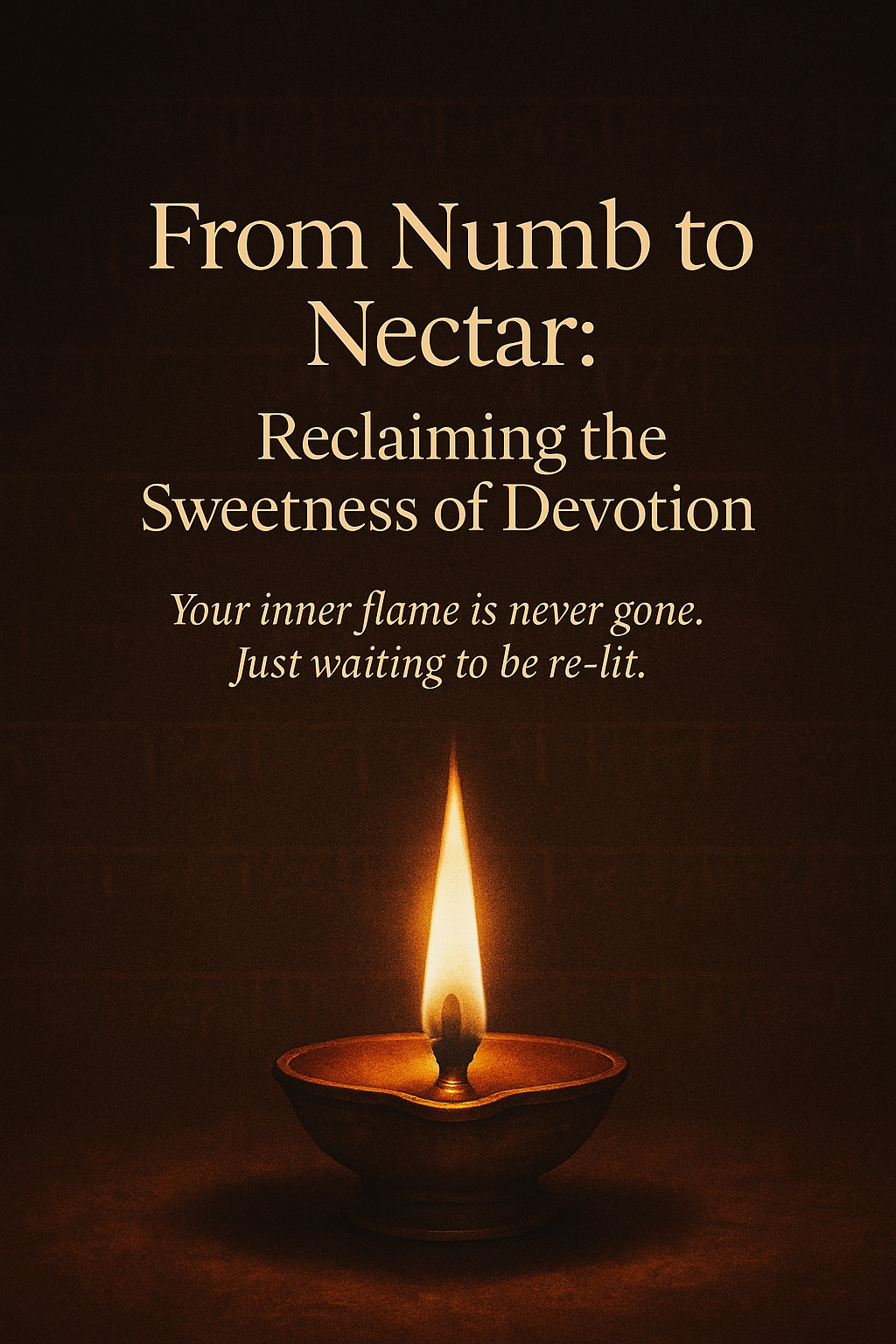The blog post introduces "inclusion" as an equally significant sixth love language alongside the traditional five: words of affirmation, acts of service, receiving gifts, quality time, and physical touch. Inclusion is described as the act of integrating someone into every facet of your life, both physically and mentally, which fosters a profound sense of belonging and connection. It emphasizes that including someone in your thoughts, prayers, plans, dreams, and celebrations signifies their importance in your life and future.
Inclusion encompasses three key dimensions: thoughts and prayers, plans and dreams, and schedules and celebrations. Being included in someone's thoughts and prayers offers emotional and spiritual care, while sharing plans and dreams signifies a shared future vision. Incorporating someone into daily schedules and important celebrations shows they matter in both major and minor life moments, solidifying bonds by fostering security, trust, and intimacy.
Practicing inclusion enhances the effectiveness of the five traditional love languages by making expressions of love more intentional and meaningful. The article suggests simple ways to cultivate inclusion, like holding space for loved ones in thoughts, incorporating them into spiritual practices, making them part of future plans, and celebrating life moments together. This holistic approach promises a deeper, more fulfilling connection, transcending time and distance, by ensuring loved ones know they hold a cherished place in both one's life and future.
Read more...The Half Moon, a significant phase in the lunar cycle, embodies balance, decision-making, and reflection. Known as the First Quarter and Last Quarter phases, it represents a harmonious point where the moon is equally illuminated and shadowed, symbolizing the balance between conscious and unconscious realms. This phase serves as a vital checkpoint for assessing personal growth, evaluating decisions, and taking deliberate actions aligned with one's inner desires and external realities.
During the First Quarter, the Half Moon's energy focuses on action and overcoming obstacles. It is a time to manifest intentions set during the New Moon and embrace challenges as opportunities for personal growth and transformation. Conversely, the Last Quarter shifts the focus toward introspection, encouraging the release of old habits and beliefs that hinder progress, preparing for a renewal as the lunar cycle nears completion.
In spiritual practices and astrology, the Half Moon represents facing internal conflicts and realigning emotions, thoughts, and actions. By meditating and connecting with nature during this phase, individuals can harness its energies to achieve inner equilibrium. Embracing the Half Moon’s power helps us understand the cycles of life, navigate dualities, and make conscious, balanced choices that reflect our true paths.
Read more...Have you ever considered how your external circumstances mirror your internal thoughts and beliefs? This concept, rooted in both spiritual teachings and psychological frameworks, suggests that the situations, relationships, and experiences you find yourself in are reflections of the internal dialogues and decisions you've made about yourself. By understanding this principle, you can shift your reality by concentrating on your inner world.
Internal agreements are the subconscious beliefs and narratives we hold, formed through upbringing, societal influences, and past experiences. These agreements, whether positive or negative, dictate the energy we project and ultimately influence how the external world responds. To transform your external reality, it's imperative to identify and rewrite these internal contracts to align with your highest desires.
Inner alignment is vital for external transformation, achieved through self-awareness, challenging limiting beliefs, rewriting internal contracts, and taking actions that support your new agreements. Practices like Kundalini Yoga can aid in breaking old patterns and elevating your consciousness, enabling your external world to reflect the empowered state of your inner self. Ultimately, acknowledging your role as the creator of your reality empowers you to reshape your life beginning from within.
Read more...Pradakshina, also referred to as Parikrama, is an ancient Hindu practice involving the circumambulation of a sacred object, deity, or temple, symbolizing the centrality of the divine in the cosmos and in one's existence. This profound spiritual ritual is not merely a movement but holds deep meanings; it is a reminder of the cyclical nature of life and our eternal connection with the divine source. As devotees engage in this practice, they align themselves with cosmic truths, emphasizing that everything revolves around the divine presence.
The term "Pradakshina" is filled with spiritual insights, breaking down into syllables that signify the removal of ignorance, the fulfillment of desires, freedom from the cycle of birth and death, and deliverance through knowledge. This illustrates that Pradakshina is a spiritual journey towards enlightenment and liberation from worldly illusions. By performing this sacred act, devotees aim to clear the fog of ignorance, achieve a purified state of desires aligned with spiritual growth, and move closer to the realization of their true divine nature.
Pradakshina is not just an external journey around places like temples, mountains, or rivers; it is also an inward journey fostering spiritual growth, energetic alignment, and the fulfillment of higher desires. It represents surrender to the divine, recognizing its guidance and protection, and acts as a microcosm of the soul's journey toward liberation. Engaging in Pradakshina with devotion brings devotees closer to realizing their oneness with the divine, promoting inner freedom and spiritual liberation, epitomizing the core teachings of Hindu philosophy.
Read more...One of the most profound teachings from the Bhagavad Gita is encapsulated in the verse “Yogasthah Kuru Karmani,” which translates to “Established in yoga, perform your actions.” This ancient wisdom provides a universal principle that can be applied to every aspect of life—whether in our career, relationships, or business ventures. But what does it truly mean, and how can we integrate this principle into our modern lives?
The Essence of "Yogasthah Kuru Karmani"

At its core, "Yogasthah Kuru Karmani" invites us to act from a place of inner centeredness and presence. It teaches us to perform our duties and actions with complete focus, without attachment to the outcomes. The key is to be anchored in a state of inner equilibrium (yoga) while engaging fully in our tasks (karma). This mindset shifts the way we approach our responsibilities, goals, and even challenges, allowing us to navigate life with greater peace, clarity, and effectiveness.

Applying the Principle to Life
In our day-to-day lives, it's easy to become consumed by stress, worry, or the pressure to achieve certain results. We often tie our sense of self-worth or happiness to external accomplishments. The teaching of "Yogasthah Kuru Karmani" reminds us to stay connected to our inner peace, even when we're busy or under pressure. Instead of being driven by anxiety or fear of failure, we can stay rooted in calm and trust, knowing that the process itself is just as important as the result.
This shift in mindset allows us to act with greater integrity, creativity, and resilience. Whether we're facing personal challenges or navigating difficult decisions, staying grounded in our inner self gives us the strength and clarity to move forward with grace.
In Career and Business
In the realm of career and business, "Yogasthah Kuru Karmani" is a powerful guide. The corporate world often emphasizes outcomes, success metrics, and tangible achievements. While striving for results is important, becoming overly attached to them can lead to burnout, stress, and even ethical compromises. This principle encourages us to focus on performing our duties with excellence, while letting go of the obsession with external validation or reward.
When we act from a place of balance and inner alignment, we’re more likely to make sound decisions, build authentic relationships, and maintain a sense of purpose in our work. The quality of our efforts becomes the true measure of success, not just the material outcomes. This also helps cultivate a more mindful approach to leadership and entrepreneurship, where the focus is on long-term growth, sustainability, and contribution, rather than short-term gains.
In Love and Relationships
"Yogasthah Kuru Karmani" also holds great significance in the context of love and relationships. Many of us enter relationships with expectations—expecting our partner to behave a certain way, fulfill our needs, or create happiness for us. However, this attachment to outcomes can lead to disappointment or frustration when things don’t go as planned.
This principle reminds us to bring our best selves into a relationship while letting go of the need to control or predict how it will unfold. Being “established in yoga” means being grounded in self-love, balance, and inner fulfillment. When we bring this sense of completeness into our relationships, we are able to love more freely, without attachment or dependence. We can give and receive love without being driven by expectations, which leads to deeper, more authentic connections.
A Path to Inner Freedom
The beauty of "Yogasthah Kuru Karmani" lies in its ability to free us from the chains of external validation. When we detach from the outcome and focus on the quality of our actions, we liberate ourselves from the constant need for approval, recognition, or control. This creates space for us to live more fully, with passion and purpose, while maintaining an inner peace that is not swayed by the ups and downs of life.
In conclusion, "Yogasthah Kuru Karmani" offers timeless wisdom that can transform every area of our lives. Whether we are navigating the complexities of our careers, building a business, or deepening our relationships, this principle teaches us to act from a place of inner stability and presence. By staying rooted in our inner self while performing our actions, we can move through life with greater purpose, grace, and resilience—creating not just success, but true fulfillment

